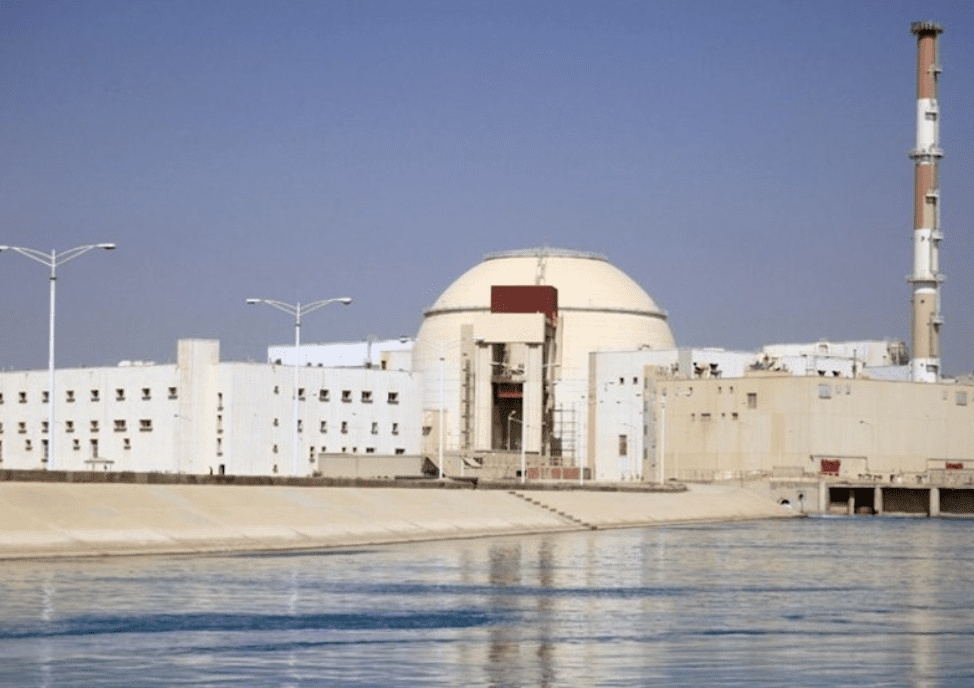Iran Building New Nuclear Plant; Indonesia Seeks Investors for its First
Credit to Author: Darrell Proctor| Date: Mon, 05 Dec 2022 23:15:19 +0000

Two countries seeking to expand development of their nuclear power programs have announced new projects. Iranian officials on Dec. 3 said construction of what would be that country’s second nuclear power plant has begun. Meanwhile, Indonesia’s government on Dec. 4 said it is looking for investors to support development of what would be the country’s first nuclear power plant.
Iran on Saturday said construction of the 300-MW Karoon nuclear facility is underway. Mohammad Eslami, head of the country’s Atomic Energy Organization, said the plant will feature a pressurized light water reactor that will use 4% enriched uranium oxide as fuel. Eslami said Iran is ready to build nuclear power plants at “a high speed” as the country wants nuclear generation to supply as much as 20% of Iran’s electricity. News reports said the Karoon plant is estimated to cost $1.5 billion to $2 billion, with commercial operation expected by 2030.
Iran has one operating nuclear power plant. The 1,000-MW Bushehr facility, with a Russia-designed VVER V-446 pressurized water reactor, entered commercial operation in 2011.

The new Karoon plant will be located in Iran’s oil-rich Khuzestan province, near its western border with Iraq, according to government officials. Eslami first announced plans for the nuclear plant in April of this year.
Indonesia Looks at Net Zero
Indonesia’s Nuclear Energy Regulatory Agency (Badan Pengawas Tenaga Nuklir, or BAPETEN) on Dec. 4 released a statement saying nuclear power would be part of a plan to achieve net-zero emissions from the energy sector, and provide needed electricity generation.
Haendra Subekti, the nuclear agency’s director for Nuclear Installation and Material Control, on Sunday said, “We have drafted the regulations on the nuclear infrastructure safety, preparing the location for the plant and formulating the trial operation. All of these have been nearly completed.”
Subekti did not disclose the plant’s location, but did say the facility will not be sited in earthquake-prone areas. He said the immediate need is for investors to provide needed funding for the project.
“For now, there have been a few private companies that are willing to invest, but we’re expecting more investors to come,” he said.
Indonesia, despite having no nuclear power generation, does have experience in the nuclear power sector. There are plans to build a 10-MW experimental reactor at Serpong, near the capital Jakarta, based on a Russian design. That reactor would join three other research reactors previously built in the country.
Indonesia has long been dependent on coal-fired generation, and is the world’s largest exporter of thermal coal. Government officials last year set a goal to achieve net-zero emissions by 2060, and earlier this year called for creation of a plan to retire at least some if not all coal-fired facilities by 2050.
That declaration came at the same time the government set a new pricing system for renewable energy, including solar, geothermal, and hydropower, to encourage investment in renewables.
Iran’s Uranium Program
Iran’s announcement comes as the country is being rocked by nationwide protests challenging the theocratic government. Protests began after the death of a young woman in police custody over an alleged violation of the country’s Islamic dress code.
The country’s state-run RNA news agency on Saturday reported that the country’s national security council said about 200 people have been killed during the protests. A military official last week said the death toll was more than 300.
Iranian officials have blasted the U.S. government over sanctions imposed on Iran after the U.S. in 2018 pulled out of Iran’s nuclear deal with other world powers. The Trump administration, in unilaterally dismissing the deal—known as the Joint Comprehensive Plan of Action, or JCPOA—reimposed sanctions on Iran, which led the Tehran government to begin moving away from the deal’s terms.
Saturday’s announcement of Karoon’s construction comes less than two weeks after Iran announced it had begun producing enriched uranium at 60% purity at the underground Fordo nuclear facility, one of several underground nuclear sites in the country. Enrichment to 60% purity is considered just a short, technical step away from weapons-grade levels of 90%.
Experts in the nuclear field have said Iran now has enough 60%-enriched uranium to reprocess into fuel for at least one nuclear bomb. Iran’s uranium program has been condemned by Germany, France, and Britain, the three Western European nations that remain in the Iran nuclear deal. Attempts to revive the 2015 JCPOA, which eased sanctions on the country in exchange for Iran agreeing to limit its nuclear program, made little progress.
Maj. Gen. Aharon Saliva, the country’s military intelligence chief, in November said Iran had made “significant progress” toward producing 90% enriched uranium. Saliva at that time said, “The moment is coming when the greatest test of the international community will come to light, when Iran entertains [the idea of] enrichment at 90%, even if only symbolically.”
—Darrell Proctor is a senior associate editor for POWER (@POWERmagazine).
The post Iran Building New Nuclear Plant; Indonesia Seeks Investors for its First appeared first on POWER Magazine.